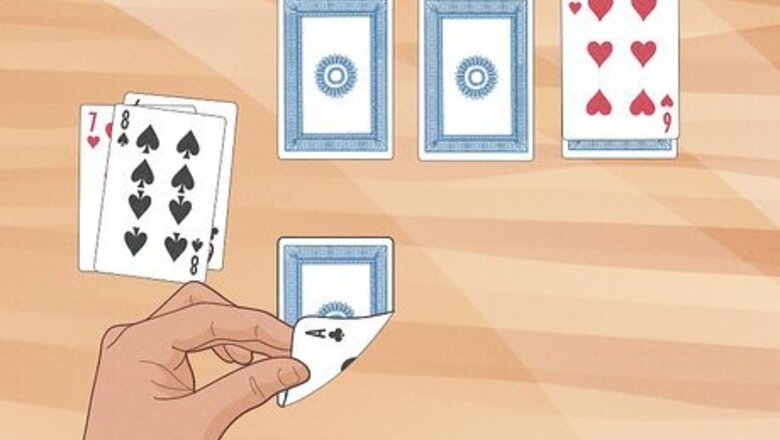
views
Setting Up the Game
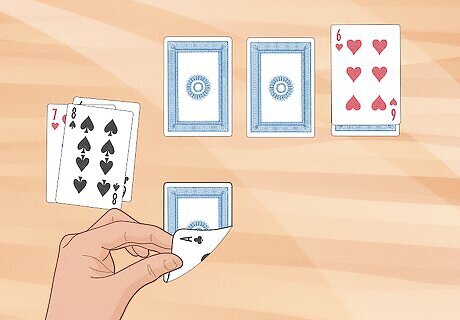
Game objective Idiot has no winner—rather, players are eliminated once they discard all their cards. The last player with cards is the “Idiot.” Players can discard cards on each turn by playing a card that is of the same or higher value than the most recently discarded card. If they can’t play, they must pick up the discard pile or “burn” it by playing a specialty card. Number of Players: 2-4 players Ages: 10+ Difficulty: Easy Length of Play: 20-30 minutes Required Materials: Standard 52-card playing deck with the Jokers removed, and a silly hat (optional)
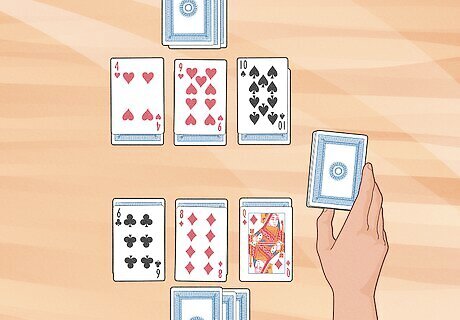
How to deal Deal each player three cards face down. Deal an additional card face up on top of each of these three cards. Each player should have three separate piles in front of them. Finally, deal each player three more cards outside of their piles—thee cards will make up each player’s initial hand. Card Values: Aces are always high in the Idiot card game. Players can decide whether they want face cards to be worth the same as 10s or to have increasing value (i.e. Jack = 11, Queen = 12, King = 13). Before the game begins, players can exchange the cards in their hands with the faceup cards in front of them. Because the piles will be the last cards each player has to use before finishing the game, it’s helpful to load them with high-ranking cards like 10s, Jacks, Queens, Kings, or Aces. Having high cards at the end of the game will help avoid having to pick up the discard pile and end up with the most cards Once all players have traded the cards they choose to, all remaining cards are placed in the center as a draw pile.
Playing the Game
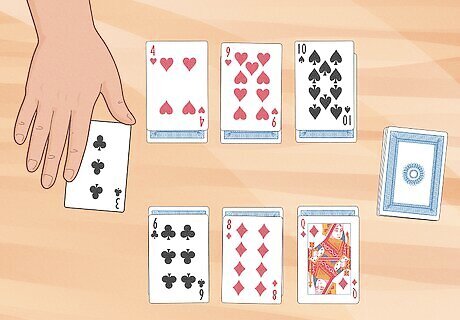
Starting the game The player to the dealer’s left takes the starting turn. Because cards are played in ascending order and 2 is a specialty card that resets the pile, gameplay starts with a 3. If the first player has a 3, they may play it into a discard pile then draw back up to have three cards in their hand. If the starting player doesn’t have a 3 (or chooses not to play it), play continues to the next player. If that player has a 3, they may play it. If play continues around the table and no 3s are played, this process is repeated with 4s, then 5s, and so on until the first card is played.
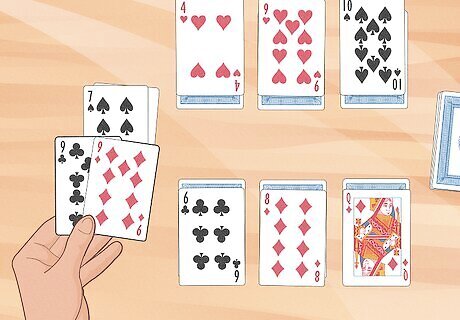
Taking a turn On each turn, a player must play a card that’s equal to or higher than the card on top of the discard pile. If a player isn’t able to or chooses not to play a card, they must pick up all cards in the discard pile. If a player has multiple cards of the same value in their hand, they can choose to play them all at the same time. When a player discards a card, they must draw another card from the deck. Players should always have at least three cards in their hand unless the draw pile is empty. If the card drawn at the end of the turn has the same value as the card(s) that were just played, the player can play that card immediately and draw a new one. Example turn: The card on top of the discard pile is a 7, and the player has two 9s in their hand. The player chooses to play both 9s, then draws a third 9 from the draw pile. They play that 9 before drawing a new card to complete their hand and end their turn.
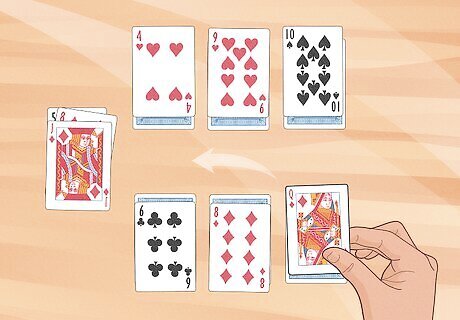
Continuing to play Play continues with players taking turns around the table until there are no cards in the draw pile. Once the draw pile is depleted and a player has no cards left in their hands, they can start using the three card piles in front of them. The three face-up cards must be played first. If the last card in a player’s hand matches a faceup card in one of their piles, they can play both cards in one turn. Just like the cards played straight from each player’s hands, the face-up cards can only be played if they are equal to or greater than the card on top of the discard pile. Once a player has played all of their face-up cards, they can play their last three facedown cards. The facedown cards are played blind. If a card is played and it doesn’t meet the criteria (i.e., being greater than or equal to the most recently played card), that player must pick up the entire discard pile. All the discarded cards must then be played out before continuing on from the piles.
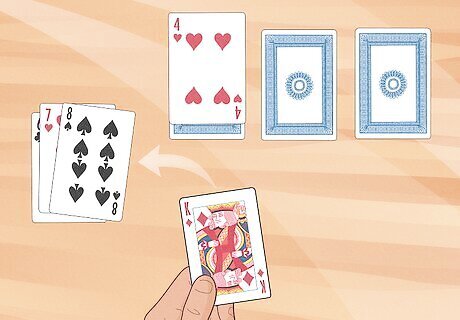
Ending the game When a player has emptied their entire hand and all of the cards in their three piles, they are out of the game. Play continues until only one player still has cards. That player loses the game and is crowned “The Idiot.” If desired, the idiot can wear a silly hat for the rest of the day (or the next round).
Specialty Cards & Variations
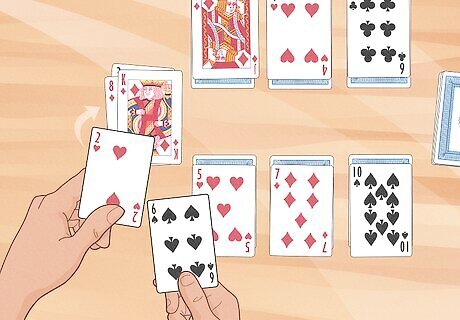
2s 2s are used as specialty cards in every version of Idiot. Playing a 2 resets the number in the discard pile. On their turn, a player can discard a 2 and an additional card that they want to change the new discard number to. For example, a player may discard a 2 followed by a 6. The next player now has to play a 6 or higher. The 2 card in Idiot is similar to the Wild card in UNO—but instead of that player choosing a new color for the discard pile, they get to choose a new number.
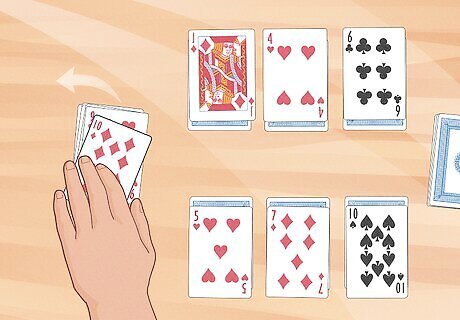
10s 10 cards “burn” the entire discard pile when played. All of the discarded cards (including the 10) are permanently taken out of the game. The next player can start the new discard pile with any number they wish. The discard pile is also “burned” if it ever has four or more of the same number on top of it. For example, if a player discards a 5 on top of three other consecutive 5s, the discard pile is burned.
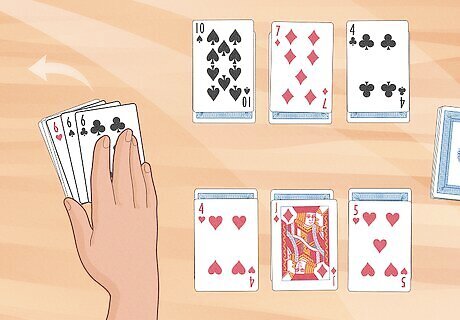
6s In some variations of Idiot, 6s are used to burn a discard pile. If three 6s are consecutively discarded, the discard pile is burned. This rule variation comes from the cultural idea that “666” represents evil.
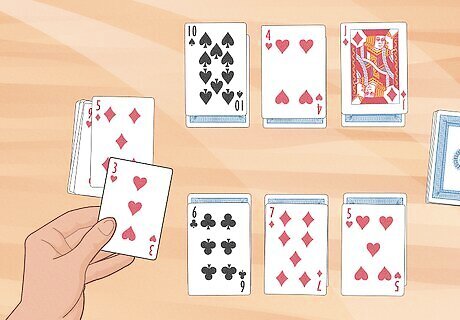
5s In some variations of Idiot, 5 is used as a reverse card. After a 5 is played, the next player must discard a card that is equal to or lower than a 5. Alternatively, they can play another specialty card like a 2 or 10. Players can choose whether they want to play with this rule or use 5s as normal cards.
Game Strategies
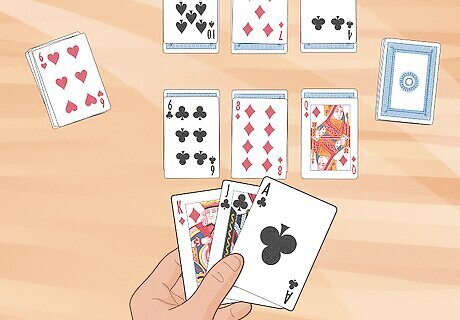
Keep high-value cards in your hand for as long as possible. High cards will help you avoid picking up the discard pile at the end of the game when bringing that many cards into your hand could lose you the game. Because having higher-ranked cards at the end of the game is advantageous, many players will move these cards from their hands to their piles before the game starts, if possible.
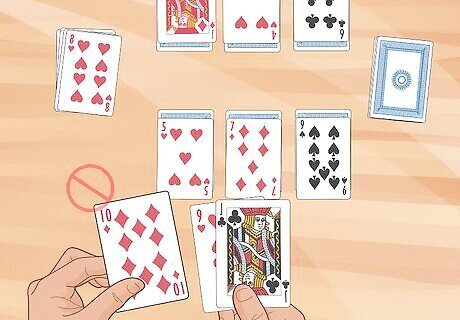
Avoid playing your 10s unless you want to “burn” a pile. 10s are best used when you don’t have any other high cards to play and you want to avoid picking up a large discard pile.
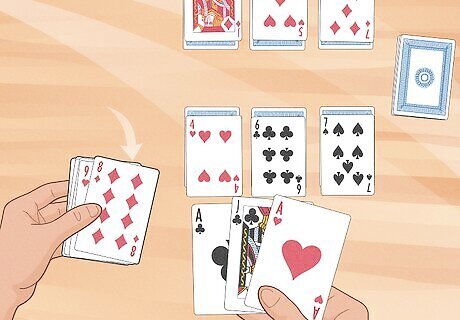
Skip your turn and pick up the discard pile instead of playing a high-ranking card. This may be a good idea if the discard pile is small and you don’t want to throw away a good card. However, this strategy can backfire and is only recommended if you have several high-value cards in your hand.



















Comments
0 comment